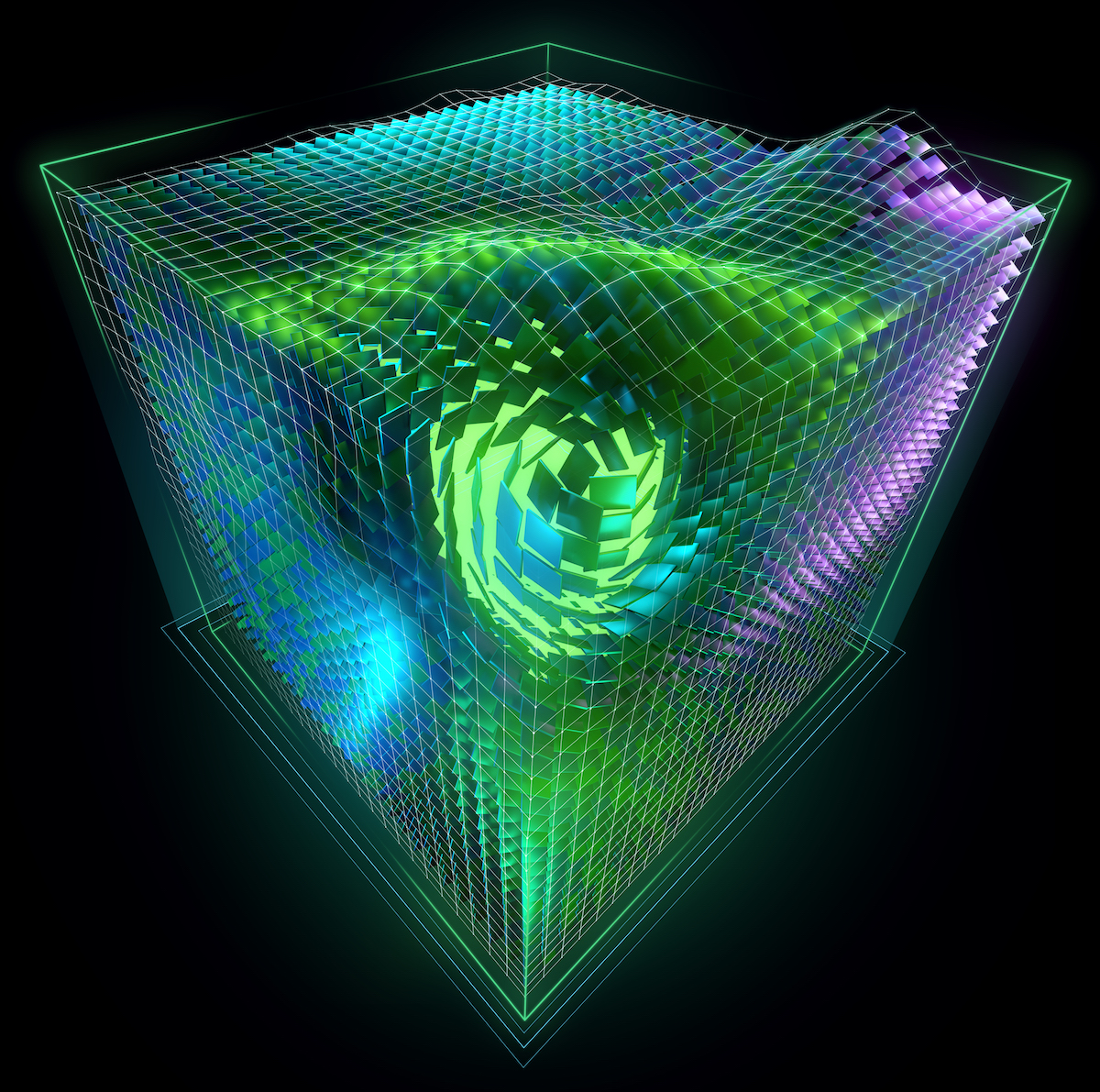

I have 8.0, 9.0, and 9.1 installed and setup identically to this guide for each version. Let us know in the comments if you need help here.ĬUDA has different versions. To use a different version of cuDNN, you must build from source. In particular, the cuDNN version must match exactly: TensorFlow will not load if it cannot find cuDNN64_6.dll. > If you have a different version of one of the preceding packages, please change to the specified versions. See NVIDIA documentation for a list of supported GPU cards. > GPU card with CUDA Compute Capability 3.0 or higher. Ensure that you add the directory where you installed the cuDNN DLL to your %PATH% environment variable. Note that cuDNN is typically installed in a different location from the other CUDA DLLs. > The NVIDIA drivers associated with CUDA Toolkit 8.0.ĬuDNN v6.0. For details, see NVIDIA's documentation Ensure that you append the relevant Cuda pathnames to the %PATH% environment variable as described in the NVIDIA documentation. If you are installing TensorFlow with GPU support using one of the mechanisms described in this guide, then the following NVIDIA software must be installed on your system: > Requirements to run TensorFlow with GPU support Tensorflow's GPU supports **CUDA 8** and ***not*** CUDA 9. # A word of caution: VERSIONS WILL CHANGEĪs of this writing, CUDA 9.1 is out. Windows 10 (recommended older versions *might* work)

NVIDA Graphics Card (Probably a 1050 & up) I'm using a 1080Ti
Nvidia cuda toolkit 8.0 drivers install#
Uninstall Tensorflow, Install Tensorflow GPU Install Nvidia's card on your computer along with driversĤ.

I'll say that once you get it working, training deep learning models is on orders of magnitude faster!ġ. I hoped the installation process would be as simple as:Īlthough it was *close* to that, there are still several other, mildly frustrating, steps you must take to get Nvidia GPU fully working. So I picked myself up a () to use with Tensorflow for some deep learning on my *Windows 10* machine.


 0 kommentar(er)
0 kommentar(er)
